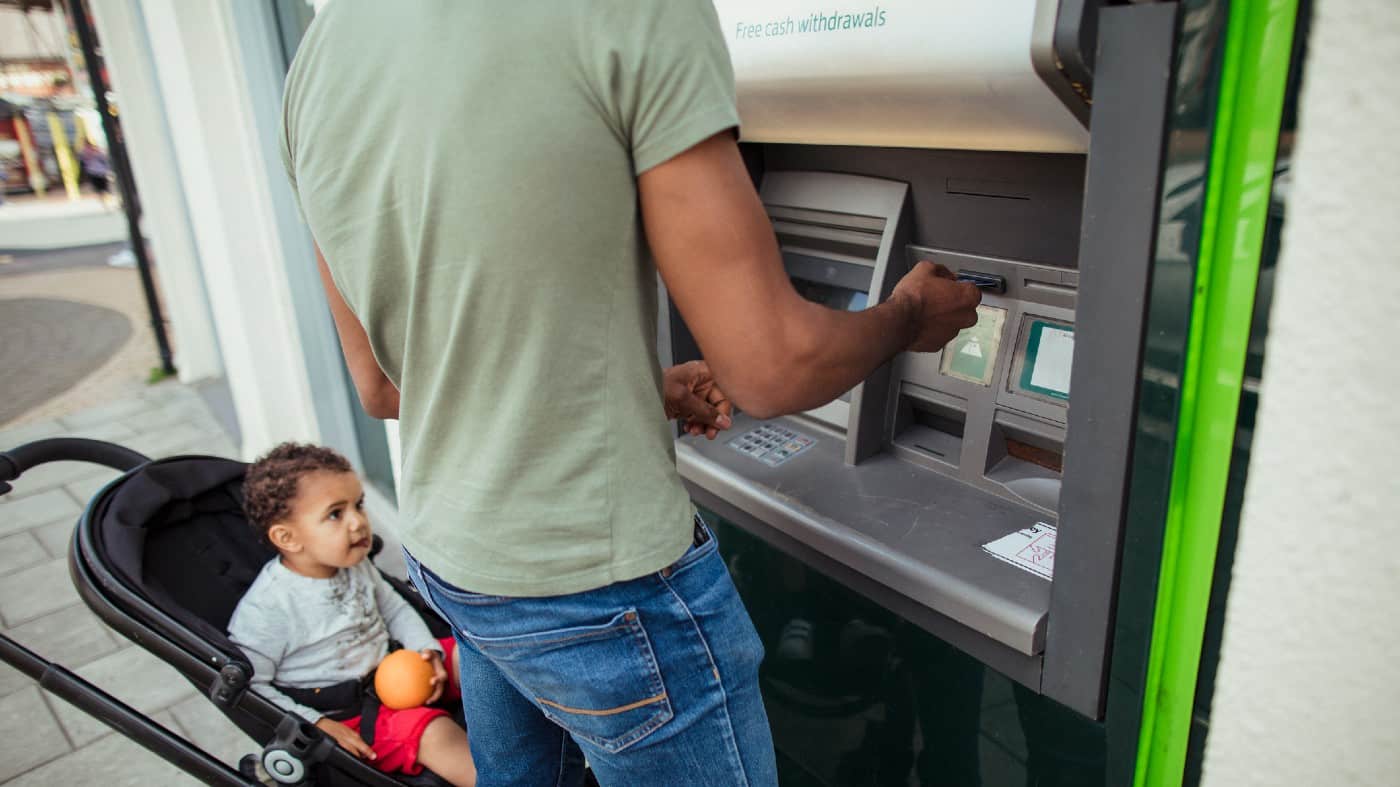As one of the leading British banks, Barclays (LSE: BARC) is a well-known name. Not only does it have a large retail operation domestically, it also operates a major investment banking arm internationally. At the moment, Barclays shares trade on a price-to-earnings ratio of just four and offer a dividend yield of 5.7%.
But how good an investment has Barclays been lately?
For example, if I had bought into the bank two years ago, what would have happened to my investment so far?
Should you invest £1,000 in AstraZeneca right now?
When investing expert Mark Rogers has a stock tip, it can pay to listen. After all, the flagship Motley Fool Share Advisor newsletter he has run for nearly a decade has provided thousands of paying members with top stock recommendations from the UK and US markets. And right now, Mark thinks there are 6 standout stocks that investors should consider buying. Want to see if AstraZeneca made the list?
Poor performance
The short answer? My investment would have lost 22% of its value to date.
What about the juicy dividend? That number actually takes the generous dividend into account. The shares are down around 30% in the period, but the total loss has been somewhat mitigated by the shareholder payout.
I would have lost a fifth of my money, on paper, if I had bought Barclays shares two years ago and hung on to them until now. That is hardly the sort of performance I am looking for!
Could things get better?
That said, the bank continues to have good points. It has a strong brand, more diversified income streams than some UK banks and a proven ability to make large profits.
For the first three quarters of this year, for example, it reported earnings per share of 28.2p. That is around a fifth of its current share price – in just one nine-month period.
As a price-to-earnings ratio, that looks cheap. The bank’s price-to-book value (a common way to value bank shares) also looks cheap right now.
That suggests the City fears that earnings could fall.
For example, high interest rates could push more lenders to default, eating into profits. However, even if that happens, the valuation still leaves quite a lot of margin for lower earnings while still looking like a possible bargain.
Uncomfortable investing in UK bank shares
There could be a bigger lesson for me here as an investor, though.
Even two years ago, Barclays shares looked cheap. A lot of what I like about the bank now – like its well-known brand, large customer base and deep experience – was equally true back then.
Yet buying the shares two years ago and selling them now would have been like having five £20 notes and simply burning one of them.
At surface level, many bank valuations – including Barclays shares – continues to look attractive. But I think uncertainty about both the British and global economies threatens to hurt performance.
Barclays’ credit impairment charges for the first nine months of this year were 84% higher than the same period last year.
I reckon the current price of British bank shares reflect perceived risks that impairments could get a lot higher from here, badly hurting profits.
If that does not happen, the current price of Barclays shares (18% cheaper than five years ago) could turn out to be a bargain. But for now, I am uncomfortable with the risks of a highly uncertain economic outlook. I have no plans to invest in Barclays or any of its banking peers.








